Description
King Salmon, also known as Chinook Salmon, is the largest of the Pacific salmon species. It has a wide distribution across the North American and Asian coasts of the Pacific Ocean and can be found in rivers and streams throughout much of the United States, Canada, Japan, Korea, Russia, and China. It is highly prized for its rich flavor and high fat content. King Salmon has a distinctive reddish-orange flesh and is considered one of the best-tasting fish in the world. It can be cooked in many different ways, including grilled, smoked, poached, steamed or baked. King salmon is also used to make sushi and sashimi. The California Department of Fish and Wildlife estimates that approximately 80 percent of all commercially available salmon in the United States is Chinook Salmon. This species has also been identified as a critical component of the region’s food web, providing essential sustenance for humans and wildlife alike. King salmon is an important part of Pacific Northwest culture and is integral to many Native American tribes’ heritage.
Environment
These live in the cold, clean, and fast-flowing waters of major rivers and coastal areas. They spawn in the spring, usually from early April to late June depending on the location. At spawning time, large numbers of returning adults can be seen entering tributaries throughout their range. King Salmon seeks out gravelly riffles with a moderate flow, where adults dig redds (nests) to lay their eggs. The young emerge several weeks later and migrate downstream to the ocean, where they spend several years before returning to their natal streams to spawn. King Salmon are anadromous fish, meaning they spend part of their life cycle in both fresh and saltwater habitats. As a result, their presence influences both marine and freshwater ecosystems. In the ocean, King Salmon are important prey for predators like whales and seals, while in rivers they provide food for other fish, birds, bears, and other wildlife. By providing nutrients to these habitats, King Salmon help maintain healthy river systems and coastal areas that are vital to humans, wildlife, and the environment.
Physical Characteristics
It has a streamlined body and pointed snout with small scales. Their coloring ranges from silvery blue to black on the back and upper sides, with silvery white colored sides and belly. Adult Chinook can reach up to four feet in length and weigh up to 80 pounds. They also have large hooked jaws that are lined with sharp teeth. King Salmon also have large eyes and an olive green head with a white chin, as well as black spots on the back, tail, and upper sides near the anal fin. Their fins are yellow-green with black tips and they possess up to 48 rays in their anal fin which helps them maneuver in fast-flowing streams.
Feeding Habits
These fish are opportunistic feeders and will eat a variety of prey items, including small fish, aquatic insects, crustaceans, mollusks, and squid. Juveniles mainly feed on plankton when living in the ocean and terrestrial insects near shore. As they reach adulthood, their diet shifts to include larger prey such as herring, smelt, squid, and salmonid eggs. They feed in large schools near the surface during daylight and switch to deeper water at night. King Salmon are also known to follow the movements of their prey and migrate long distances to find food sources.
Fishability
King Salmon are prized by recreational anglers due to their large size and fighting ability. They can be caught from shore or a boat using various techniques such as trolling, fly-fishing, spooning, plugging, jigging, mooching, bait fishing and drift fishing. As they travel near the surface they can often be spotted by their dorsal fin, making them easy targets. King Salmon are also known for their hard runs and acrobatics when hooked, making them a great challenge for anglers. When fishing for King Salmon it is important to read the regulations set in place by local fish and game authorities, as they can vary greatly between regions. It is also recommended
Why is this Fish a good mount?
This is a great fish to mount because of their impressive size and vibrant coloration. The distinctive black spots on the back, tail and upper sides of the fish make it stand out amongst other species, while its silvery blue-to-black coloring and white belly add an extra level of detail. A mounted King Salmon also provides a unique conversation piece for any home or office, as it is an iconic species of the Pacific Northwest. Additionally, a King Salmon mount will last for many years thanks to its durable construction and a protective coating. Having a mounted King Salmon on display is a great way to commemorate a successful fishing outing and show off your catch in style.
Special Notes Conservation
King Salmon are an important species that plays a vital role in the health of both marine and freshwater ecosystems. Unfortunately, they have been facing significant population declines due to overfishing, habitat destruction, dams blocking migration routes, climate change, and other factors. To help protect this species it is essential to adhere to local fishing regulations and practice sustainable fishing practices. Additionally, individuals can help conserve King Salmon populations by volunteering with organizations dedicated to restoring and protecting their habitat. With the proper conservation efforts, King Salmon can continue swimming in our rivers and oceans for generations to come.
References:
Oregon Department of Fish & Wildlife – Chinook Salmon (https://myodfw.com/)

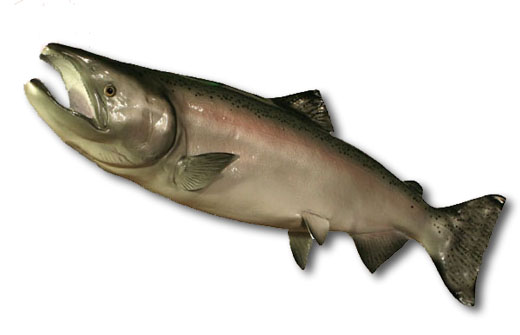



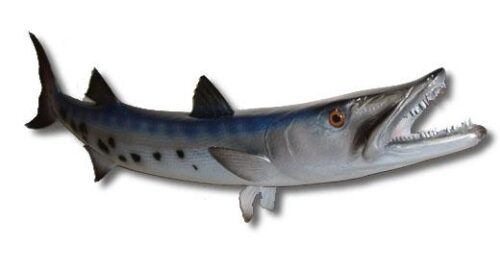
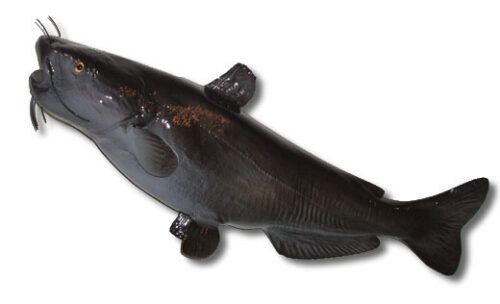
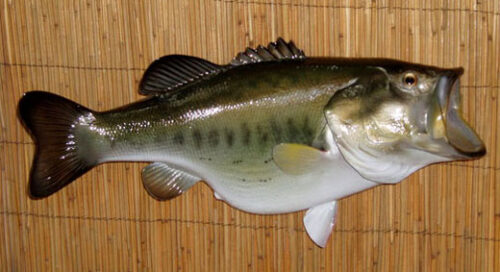
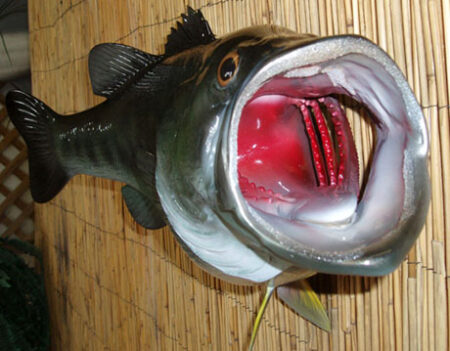
Reviews
There are no reviews yet.